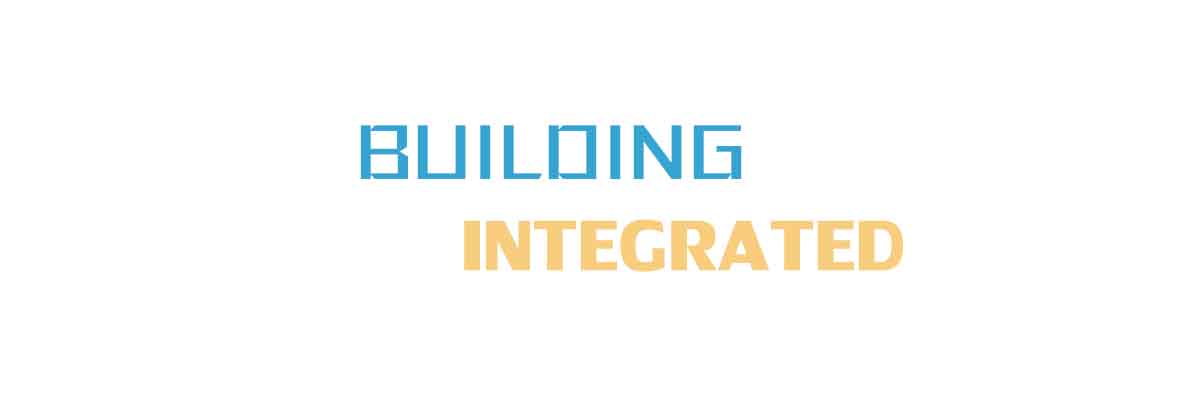JIC (Joint Industry Committee) Fittings
For more information, please visit our website.
JIC fittings are versatile and commonly used. They feature a 37-degree flare at the end, making them ideal for high-pressure applications. Their installation is straightforward and they provide a reliable seal.
ORFS (O-Ring Face Seal) Fittings
ORFS fittings have an O-ring and a flat face. They excel at preventing leaks, particularly in high-vibration systems, and are frequently found in modern hydraulic systems due to their efficiency.
NPT (National Tapered Pipe) Fittings
NPT fittings have tapered threads that create a tight seal when torqued. They are common in the U.S. but can be prone to over-tightening, which may lead to thread damage.
BSP (British Standard Pipe) Fittings
BSP fittings are popular internationally and come in two types: parallel (BSPP) and tapered (BSPT). While they are reliable, they are less common in the U.S., which may necessitate the use of an adapter.
Flange Fittings
Flange fittings are used for connecting larger hoses or in high-pressure applications. They are bolted together, providing a sturdy and leak-proof connection.
How to Determine Proper Hydraulic Hose Fittings?
Today, many tools and machinery require specific types of seals. The thread types differ based on the design characteristics and technical features of the equipment. Hydraulic hose fittings are utilized for the flexible connection of two fluid ports.
Hydraulic hoses are generally easy to install and uninstall if necessary. However, the similarities in thread shapes can complicate the identification process for purchasing, repair, or modification of equipment. Here is a 5-step algorithm to determine the required connection.
A Simple 5-Step Procedure to Identify Hydraulic Hose Fittings:
Step 1: Define the Fitting Type
There are two primary fitting types: permanent (crimped) and reusable (returnable). Generally, crimped hydraulic hoses are more commonly used, as reusable types are considered outdated. New equipment typically requires a permanent fitting, which is installed using a crimping tool.
Once a hydraulic hose fitting is assembled and damaged, it becomes unusable. Thus, you are much more likely to encounter a permanent fitting type. If dealing with older equipment and uncertain of its origin, check for the following signs of reusable fittings:
No crimping tools were used for installation.
The returnable type of fittings is installed via screwing onto the hose.
Step 2: Match Port Connections
Fitting ends can differ. Based on their connection type and specified end, the appropriate hose can be selected. For instance, a 4-bolt flange is one connection type suitable for both metric and BSPP (British Standard Pipe Parallel Thread) 60° cone tube coupling (hose connection).
Other potential installation variants are illustrated in the table below:
Step 3: Identify the Sealing Type
When finding an appropriate fitting, it is crucial to consider key technical characteristics and physical dimensions (diameter, size, etc.). Below are the main types of hose fittings and their sub-variants.
O-Ring Seal Designs:
The primary purpose of the O-ring sealing technique is to provide the seal itself. Notable sub-types of O-ring couplings include:
O-ring boss
Flat face O-ring seal (Female)
HT-HYDRAULICS offers additional products and information, so please check it out.
O-ring flange
Mated Angle:
The sealing technique is based on two thread types: straight and parallel. Male and female units create the thread itself. Graphics illustrating all possible variants of the mated angle type of threads are provided below.
Seat Angle Coupling Termination
30°
37°
45°
Step 4: Detect Fitting Design through Visual Analysis
Various combinations of dimensions, O-ring positions, and seat angles must be considered. One critical feature is determining the seat angle, which can be accomplished using a seat gauge. The most common fitting terminations are summarized in the following tables, correlating to the sealing type and other characteristics.
O-Ring Face Seal
We will review three fitting terminations with flat-faced seats, which do not require seat angle measuring. The most important factor is the O-ring location:
Mated Angle Seat with O-ring
In this scenario, the nose seat is inverted. Both fitting designs have an inside location for the O-ring, and the seat angle should be measured.
Mechanical Joint / Mated Angle
These sealing techniques do not require the presence of an O-ring. We have categorized all fitting terminations based on the type of nose seats. Two tables, presented below, illustrate this classification.
For the Standard Nose Seat
Initially, define the seat angle degree.
For the Inverted Nose Seat
Initially, define the seat angle degree.
Thread Interface
Two types of fitting terminations to consider are NPT (National Pipe Tapered) and BSPT (British Standard Pipe Tapered), which require visual estimation. Additionally, tables and short descriptions of available fitting designs are provided, including a visual example table for more comprehensive information.
Graphical Presentation
Step 5: Identify the Thread Size
A thread gauge is necessary for measurement, noting that thread size is determined in inches. The following pictures depict both cone and hex showings for easy determination.
Male Pipe Thread Sizes
Flat Nose (Cone) Sizes
Nut and Nipple Hex Sizes
If you want to learn more, please visit our website for additional information on Industrial Hoses Fittings Solutions.


Comments
All Comments (0)